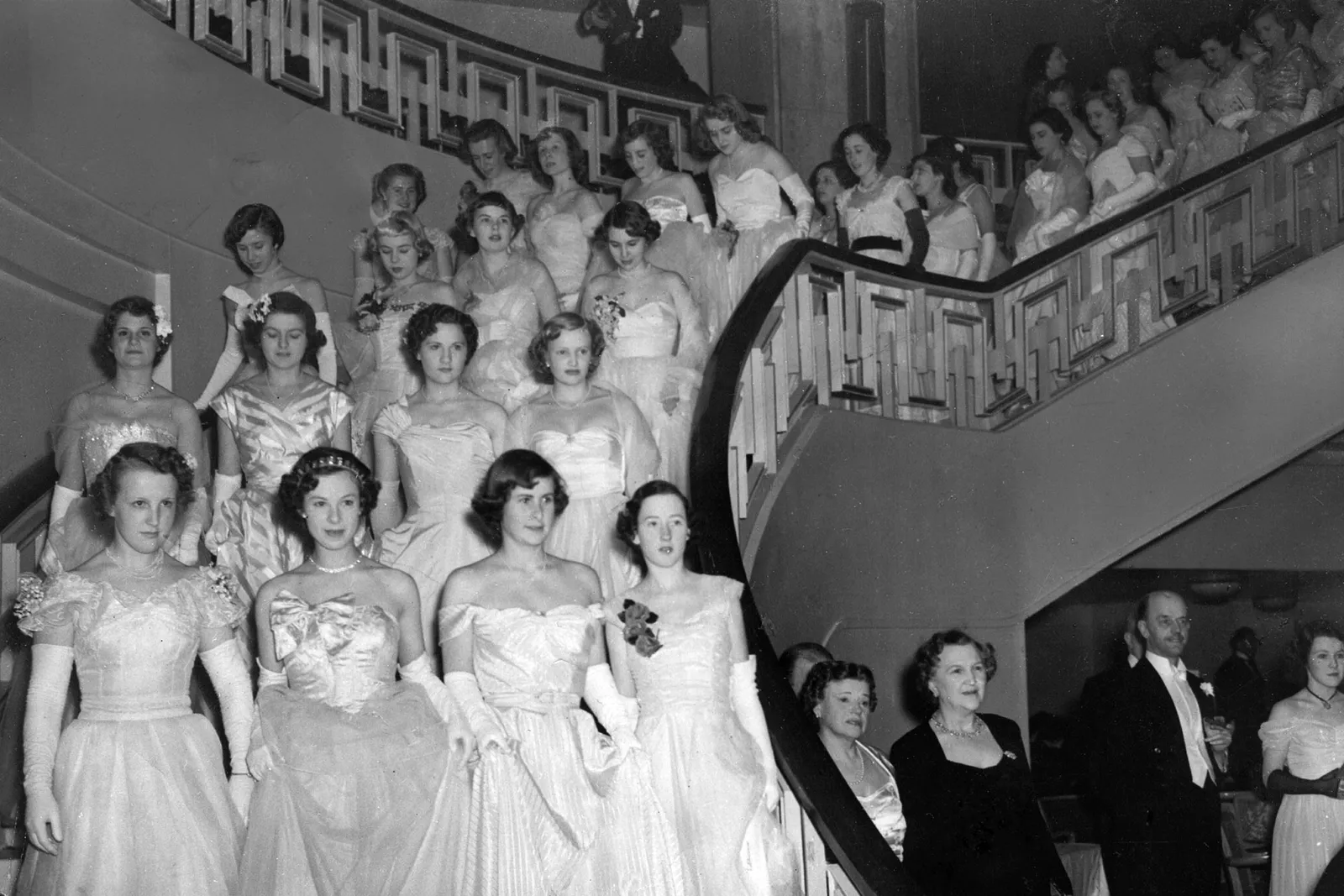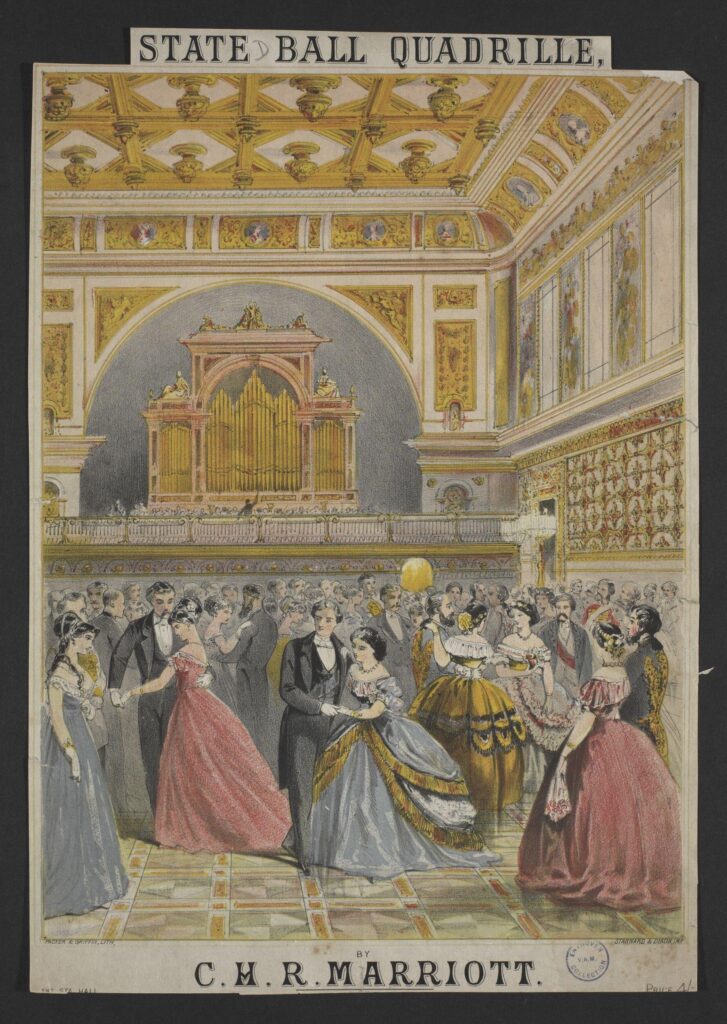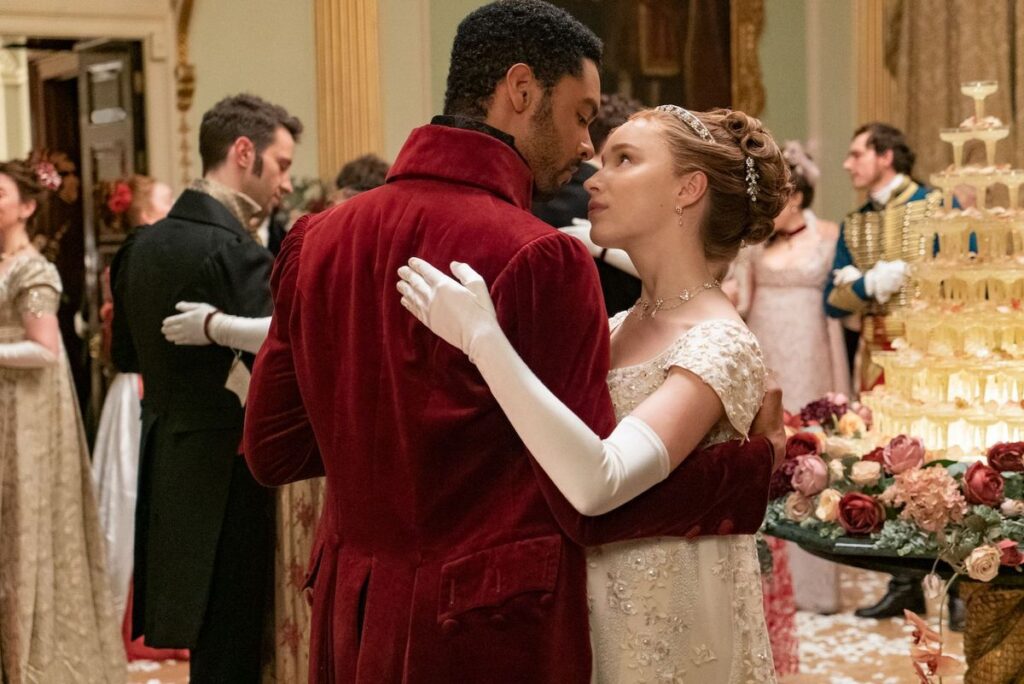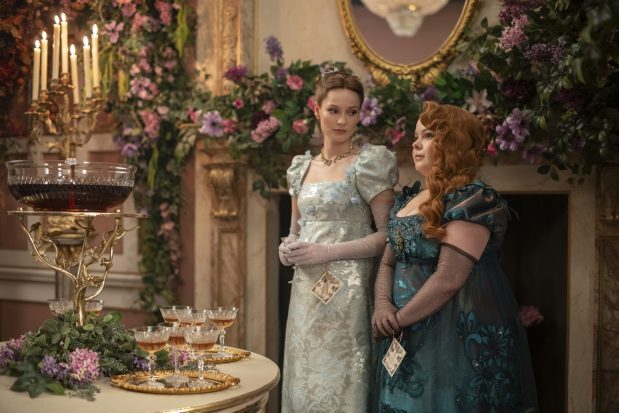“From Balls to Bridgerton: The Evolution of the London Social Season”

Opulent gowns, glittering chandeliers, whispered courtships, and perfectly orchestrated dances—this is the romanticized world of debutantes that shows like Bridgerton have reignited in popular culture. But behind the drama and décor lies a real and complex tradition that once dictated the futures of young aristocratic women across Europe, especially in Britain. Known as “coming out into society,” this formal rite of passage was far more than just a party—it was a powerful social mechanism meant to secure marriages, wealth, and dynastic alliances.
This article traces the history of debutantes and the Social Season, from its royal beginnings to its fashionable decline, and its surprising modern-day revivals.
💃 What Is a Debutante?
The word “debutante” comes from the French débuter, meaning “to begin.” A debutante is a young woman, typically from an aristocratic or upper-class family, who is formally introduced into society upon reaching adulthood—usually around the age of 17 or 18.
The “debut” was essentially a public announcement: she was now eligible to marry. These young women were showcased during the London Social Season, often culminating in being presented to the monarch at court.
🏛️ Origins: Debuting in Royal Circles
The tradition has roots in 16th- and 17th-century European courts, where noble families would formally present their daughters at royal balls. The practice became institutionalized in Britain in the 18th century, particularly under George III and Queen Charlotte, who popularized the concept of the Queen’s Ball—a lavish court affair.
From the Georgian through Victorian eras, these presentations were tightly regulated, requiring:
- A letter of recommendation
- An invitation from someone who had already been presented
- Approval of wardrobe and conduct
By the 19th century, the debut became a crucial rite in the marriage market, signaling that a woman was ready to find a husband of similar social standing.

🕰️ The London Social Season: Marriage Market in Full Swing
The London Season, typically running from April to August, was a whirlwind of elite social activity. During this time, aristocratic families migrated to their townhouses in the capital to participate in:
- Balls
- Garden parties
- Theatre performances
- Royal Ascot
- Henley Regatta
- Trooping the Colour
At the center of this circuit were the debutantes, who were paraded in their finest dresses, learning the art of conversation, etiquette, and flirtation—under the watchful eyes of ambitious mothers and chaperones.
For debutantes, the goal was clear: marry well, preferably before the season ended.
🎭 Pageantry, Pressure, and Prestige
A debutante’s presentation was the ultimate status symbol. At the Court of St James’s, young women were required to:
- Wear pure white gowns with full trains
- Don three white ostrich feathers in their hair
- Execute a deep curtsy before the monarch
This ritual wasn’t just about socialization—it was about preserving class boundaries, reinforcing patriarchal control, and ensuring that wealth and titles remained within the right families.
But it was also an immense pressure: a failed season could mean social exile or spinsterhood.
👑 Notable Debutantes in History
- Queen Elizabeth II made her debut in 1947, shortly before marrying Prince Philip.
- Princess Diana’s mother, Frances Roche, was presented in 1950.
- Nancy Mitford and her sisters (the Mitford Sisters) famously chronicled the absurdities of debutante life in both fiction and memoirs.

📉 The Decline: Changing Times, Changing Values
The 20th century brought massive shifts:
- World Wars disrupted aristocratic lifestyles.
- The rise of feminism and working women challenged the notion of women being paraded as “eligible.”
- Economic decline and social mobility reduced the exclusivity of the aristocracy.
In 1958, Queen Elizabeth II officially abolished court presentations, marking the symbolic end of the traditional debutante system. The Season, once a pillar of the British upper class, faded into nostalgic memory.
🌀 Modern Revivals: Glamour Meets Tradition
Despite its decline, the debutante tradition has resurfaced in modern and globalized forms:
1. Queen Charlotte’s Ball (UK)
Revived in the 2000s, this ball welcomes international debutantes and focuses on charity, education, and networking rather than marriage.
2. Le Bal des Débutantes (Paris)
Known as “Le Bal,” it’s an elite event where debutantes from royal, celebrity, or billionaire families are introduced in couture gowns by designers like Dior or Chanel.
3. Southern Debutante Balls (USA)
In states like Texas, Georgia, and Louisiana, debutante culture continues in local forms—blending tradition with regional pride.

📺 Bridgerton and Pop Culture: A Fantasy Reimagined
Netflix’s Bridgerton revived global interest in debutantes, transforming the Regency-era tradition into a vibrant mix of:
- High fashion
- Scandal and drama
- Feminist reinterpretations
Though the series takes creative liberties, it captures the spirit of the Season: a world of rules, rituals, and romance.
🧠 Conclusion: Beyond the Ballroom
The debutante tradition, once a mechanism of aristocratic control, has evolved. From ancient court rituals to red-carpet society balls, it reflects broader changes in how we understand class, gender, family, and status.
While it may no longer dictate a young woman’s fate, its legacy lives on in both nostalgic tradition and glamorous reinvention. In today’s world, the idea of “coming out” into society has transformed into something more personal: a debut not of availability, but of identity and agency.




